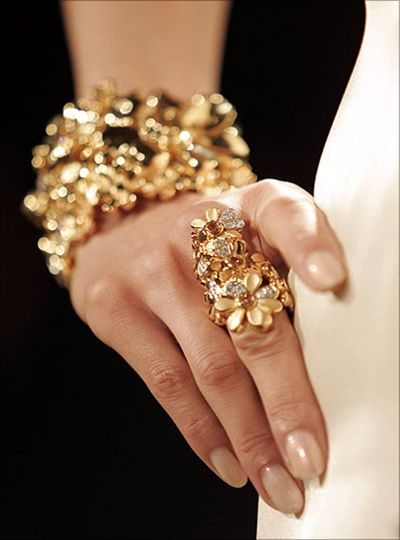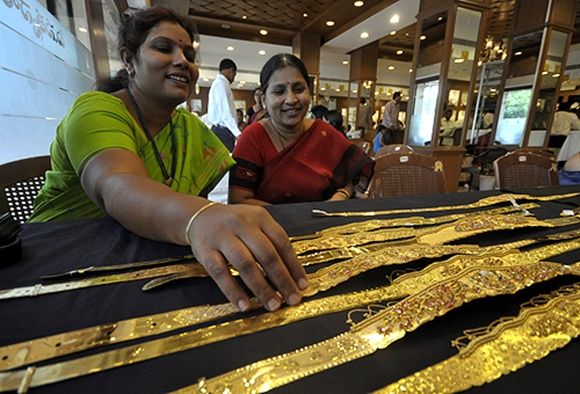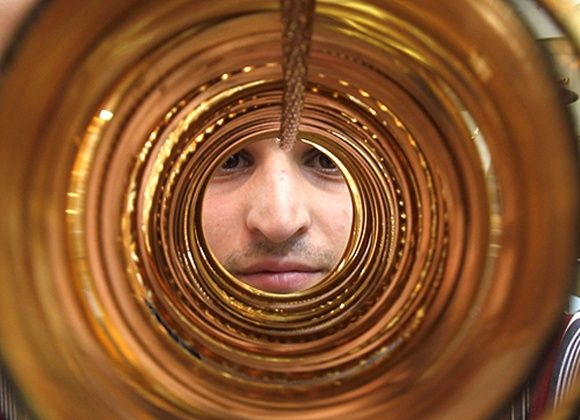
The gold price is expected to languish for the rest of the year and test $1,200.
For the year as a whole the price is expected to average $1,270, which compares with the year-to-date average of $1,289.
However, this decline may not benefit Indian consumers, as we forecast the rupee to average 61.4 against the dollar this year.
This requires the rupee to average 62.3 over the next quarter.
In essence, this means we expect the price to be close to Rs 26,000, that is, two per cent below current levels and an ideal level for those who had deferred purchases in the first half.
This level could hold through the remainder of the year.
A major downside risk could be a reduction in customs duty.
We assign that event a low probability, unless it is used as a populist measure ahead of Assembly elections in Maharashtra.
Additionally, the domestic premium for gold, which stands at $10 higher than the landed price, has scope to move higher with increasing demand and current import constraints.
Geo-political factors have played a key role this year, providing momentum for short-term rallies.
Though the price has pulled back to levels when the crisis in Ukraine emerged, we are of the contention that, if not for this risk premium, the gold price would have fallen towards $1,200 even sooner.
Net speculative long positions on Comex, an indication of investor position, have fallen by more than half in seven weeks to about 224 tonnes mainly due to strong Q2 economic numbers from the US, which witnessed a jump in household spending and increased business investment.
Q2 gross domestic product growth also got back on track, rising 4.2 per cent. Indeed, sentiment for risk-on trades improved, pushing the S&P 500 to fresh record highs. 
As a result, expectations grew stronger that the US Fed would bring an end to its stimulus programme in October.
This, however, is being countered by an inflation rate, which is still below the target, despite the Fed’s rhetoric that it will raise rates ahead of a pick-up in the inflation rate.
In the meantime, the European Central Bank is set to pursue an increasingly accommodative policy to fight deflation, while China has pursued its stimulus programme to put its economy back on track.
That said, these factors are only likely to make the US dollar stronger and gold prices weaker.
However, central banks globally preferred to diversify their reserves away from the dollar, with gross purchases in the first half estimated at 269 tonnes, up 17 per cent year-on-year.
Touching on the global supply and demand picture, gold mine production grew by 51 tonnes in the first half, and for 2014 as a whole we project mine output to gain 1.5 per cent year-on-year.
Though it may sound counter-intuitive in a falling price environment this will be the result of projects scheduled to come on line this year. Producer hedging has re-surfaced, albeit at modest levels, with our provisional estimate of 52 tonnes in the first half.
On the physical demand side, jewellery fabrication declined by 16 per cent and retail investment demand dropped by half in the first half.
ETF demand continues to suffer, although at a fraction of the pace of decline in 2013, with current holdings at their lowest since September 2009.
However, the demand outlook is more promising in the second half as lower prices and seasonal factors are expected to bring pent up demand from key consuming countries.
Sudheesh Nambiath is senior analyst -- Precious Metals, GFMS












 © 2025 Rediff.com -
© 2025 Rediff.com -